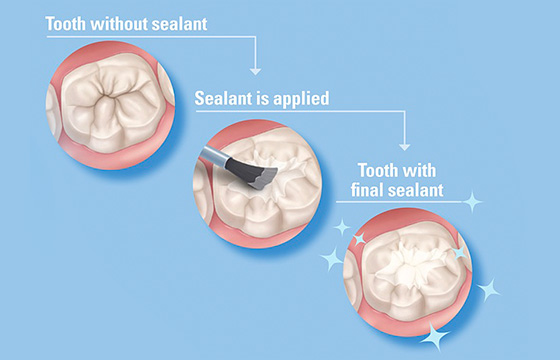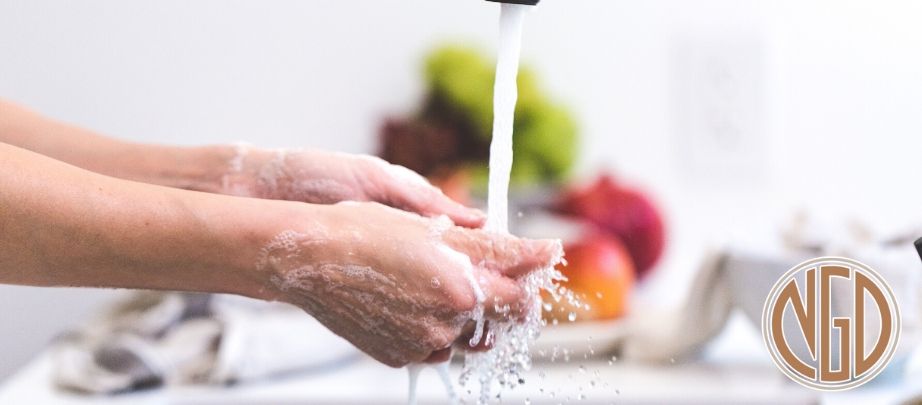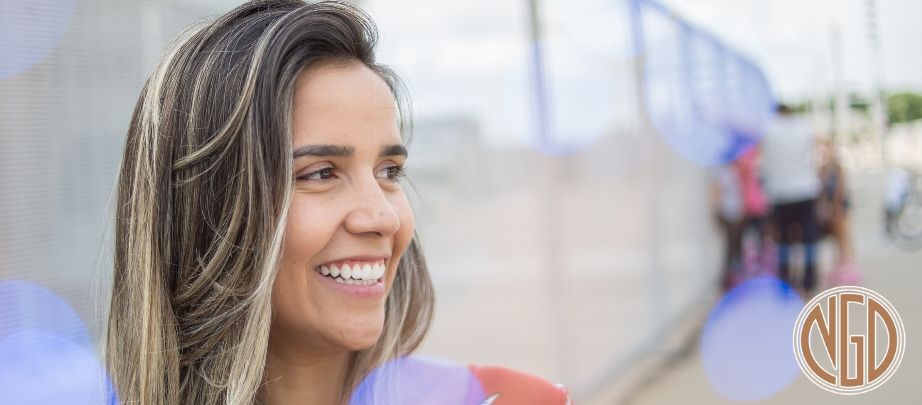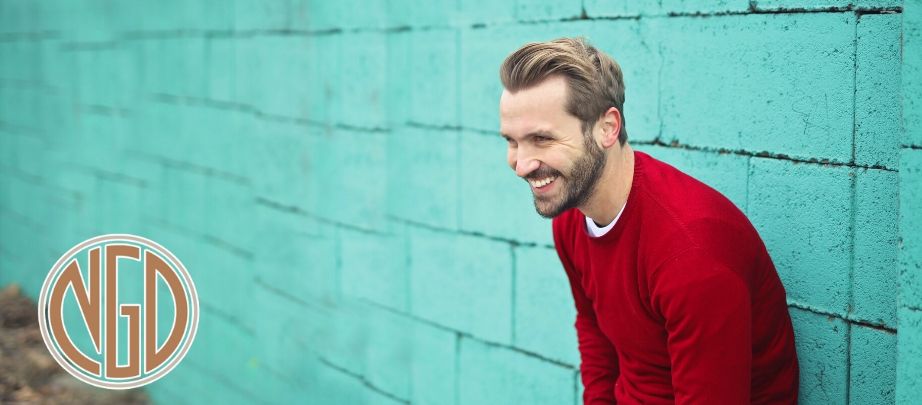There are many factors that contribute to your child’s oral health.
While some factors, like routine cleaning and nutrition, can be regulated, others, like genetics, can not.

Parents who are concerned about the wellbeing of their child’s dental health should consider dental sealants. According to the American Academy of Pediatric Dentistry (AAPD), dental sealants have been proven to reduce cavities by 86% after one year and 56% in the next four years. Dental sealants add an extra layer of protection against plaque and enamel-eroding bacteria acid.
What are dental sealants?
Pediatric dentists use dental sealants as a shield against bacteria. It’s a thin, plastic coating that is applied over the tooth’s enamel that blocks of contact between the tooth and food debris or plaque. Children with abnormally shaped teeth, gaps, or major tooth grooves tend to collect more food debris, which bacteria can feed off and turn into harmful acids that wear away the enamel. Dental sealants are most popular for molar teeth because they are harder to reach when brushing or flossing, but they accumulate more buildup than the front teeth.
How do dental sealants work?
When we consume certain foods, like fruit, candy, bread, etc, they break down from our saliva. Bacteria then feed off these sugars and turn them into harmful acids that dissolve the enamel. If too much much enamel is destroyed, cavities are formed. When left untreated, these cavities can become larger and deeper, making the dentine and even dental pulp susceptible to infection. This can make it painful to perform normal functions, such as eating or talking.
When dentists apply a dental sealant to the tooth, there is a barrier the protects the teeth from the bacteria, food debris, and harmful acids. Children often have trouble cleaning their teeth in the back of their mouths, so their back teeth are at a higher risk of tooth decay and cavities. Dental sealants are most commonly applied to the molars for this reason. Pediatric dentists have seen an 80% reduction in tooth decay for molars that have dental sealants within the first year.
Why do baby teeth matter?
Baby teeth need to be preserved because they help children chew, smile, speak, yawn, laugh, and sing comfortably. They also hold space in the jaws for permanent teeth that are developing below the surface. Lack of strong, healthy baby teeth may also result in deteriorated bone and an imbalanced bite. Like adult teeth, they need to be maintained with regular dental hygiene and a proper diet. However, we understand how difficult it can be to take their oral health seriously, which is why so many parents take extra precautions with dental sealants. It’s a safe and easy way to keep teeth safe from cavities.
Do dental sealants require extra cleaning?
No! Children can treat teeth with dental sealants like regular teeth. They just need daily brushing, flossing, and visits to the dentist. Dental sealants can last up to 10 years, but most children will lose their baby teeth before the sealants completely wear away. The pediatric dentist will check the condition of dental sealants at each appointment. Usually, dental sealants are replaced or refurbished every 2 – 3 years just as a precaution.
Should my child get dental sealants?
Though there are great benefits to dental sealants, they’re not required to have healthy teeth. Dental sealants are usually only recommended to patients who are especially cavity-prone or have trouble cleaning their teeth. Otherwise, there’s no need for dental sealants. If you are interested, however, feel free to speak to your pediatric dentist about getting them!
What is the process of getting dental sealants like?
Getting dental sealants is non-invasive process that’s quite painless and easy. Here’s what your child can expect:
- Teeth are cleaned and professionally cleaned, so there is no plaque or food particles left.
- Teeth are prepared for the sealants with a dental gel.
- The gel is rinsed and the teeth are dried with a special light.
- Cement is applied to bond the sealant to the tooth.
- The tooth is dried again with the special light.
The pediatric dentist will explain this to your child again before the procedure. If you’re interested in learning more about dental sealants, give us a call! Our pediatric dentist, Dr. Sara Khoshbin, is an expert in her field and she would be happy to shed more light on the subject.
Additional Pediatric Dentistry Service
Mission Viejo Pediatric & Children Dentistry
Mission Viejo Pediatric Emergency Dental care
Mission Viejo Kids Sedation Dentistry
Mission Viejo Pediatric Tooth Cleaning Service
Mission Viejo Kids Dental Filling
Mission Viejo Preventative Dental Treatment






